Introduction:
Wellbeing encompasses various dimensions, such as an individual’s physical and mental health, educational attainment, economic standing, personal safety, freedom of choice, and capacity to engage in civic activities. Essentially, it reflects the range of opportunities accessible to a person, varying from abundance to scarcity. (1)
The Global Youth Wellbeing Index assesses countries using scores ranging from 0 to 1, where 1 represents the highest level of well-being. These scores are determined across seven domains, encompassing a total of 35 indicators, with six of these domains including a youth perception indicator. Rankings are assigned based on the numerical scores, with the highest scores receiving the top positions. (2)
The countries featured in the 2017 Global Youth Wellbeing Index collectively house 68 percent of the global population of 1.8 billion young people aged 15 to 29. Surprisingly, only 11 percent of these youth are experiencing high levels of well-being. (2)
India’s overall ranking in youth well-being places it in the bottom tier among countries in the Index, indicating significant challenges in the overall quality of life for young people in the country. (2)
What is Resilience?
Resilience is the capacity to effectively adjust and thrive when confronted with challenges, trauma, difficult circumstances, threats, or substantial stressors. (3)
It signifies an individual’s capability to rapidly recover and regain their equilibrium when facing stressful situations. Resilience exhibits a positive connection with psychological well-being (PWB) and exhibits a negative association with adverse mental health outcomes. (3)
However, it’s possible for an individual who effectively manages stress in their work life to struggle with it in their personal relationships. This variation is a result of the intricate nature of resilience. Resilience is influenced by a range of biological, psychological, social, and cultural factors that intertwine to shape how a person reacts to challenging situations. Additionally, resilience can evolve over time, influenced by both developmental factors and an individual’s interactions with their surroundings. (4) (11)
To create interventions that boost resilience effectively, it’s crucial to recognize that humans are part of families, families are part of organizations and communities, and communities are part of larger societies and cultures. When interventions are aimed at one of these levels, they can influence how individuals function at the other levels. (5)
Numerous studies and experiments have been carried out to promote resilience among adults and adolescents following natural disasters, including pandemics. (6)
Significance of Resilience:

The Protective and Promotive Factors for Strengthening Families and Youth Thrive
- Youth Resilience
- Social Connections
- Knowledge of Adolescent Development
- Concrete Support in Times of Need
- Social-Emotional Competence of Children
- Cognitive and Social-Emotional Competence in Youth (7)
By doing so, educators can help students achieve their full potential academically as well as enhance their well-being holistically.
Actions to develop Resilience
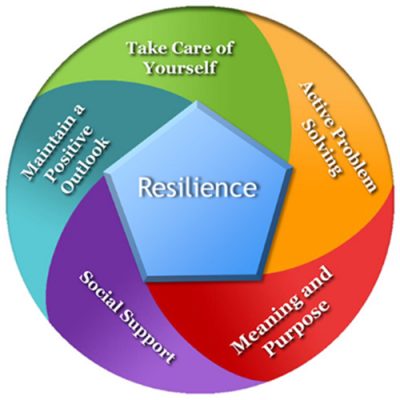
Interventions to enhance resilience can be administered before, during, or after stressful/traumatic situations. Some interventions may be more effective at one-time point than another. Ideally, interventions/training will occur prior to stressful events so that the individual is better prepared to deal with adversity. (5)
- Practice self–care:
- Exercise
- Healthy eating
- Sleep
- Activities
- Connect with others-family, friends, volunteering
- Challenge negative thoughts
- Regular exercise
- Relaxation techniques
- Sleep
- Seek medical help
Conclusion:
Recent research has revealed the impact of different approaches in cultivating resilience among young people. One notable study outlines the development, execution, and evaluation of an intervention rooted in the Individual and environmental Resilience Model. The primary objective of this intervention is to enhance resilience in adolescents who are vulnerable. Furthermore, the intervention seeks to strengthen the resources and protective factors available to adolescents, with a particular emphasis on improving their self-regulation skills. One particular element of resilience, the emotion regulation strategy, which encompasses cognitive reappraisal and expressive suppression, exerts a beneficial influence on aspects such as overall well-being, interpersonal relationships, and various social and psychological outcomes. (8)
References:
- Bertram H. Adolescence—A Cultural-Sociological perspective. In: Cultural psychology of education [Internet]. 2020. Available from: https://doi.org/10.1007/978-3-030-37900-1_1
- Full report. The Global Youth Wellbeing Index. Available from: https://iyfglobal.org/sites/default/files/2017YouthWellbeingIndex_6.pdf
- Resilience. https://www.apa.org. Available from: https://www.apa.org/topics/resilience
- Kim‐Cohen J, Turkewitz R. Resilience and measured gene-environment interactions. Development and Psychopathology [Internet]. 2012 Nov 1;24(4):1297–306. Available from: https://doi.org/10.1017/s0954579412000715
- Southwick SM, Bonanno GA, Masten AS, Panter‐Brick C, Yehuda R. Resilience definitions, theory, and challenges: interdisciplinary perspectives. European Journal of Psychotraumatology. 2014 Oct 1;5(1). Available from: https://doi.org/10.3402/ejpt.v5.25338
- Llistosella M, Torné C, García-Ortiz M, López-Hita G, Ortiz R, Herández-Montero L, et al. Fostering Resilience in Adolescents at Risk: Study protocol for a cluster randomized controlled trial within the resilience school-based intervention. Frontiers in Psychology. 2023 Jan 23;13. Available from: https://doi.org/10.3389/fpsyg.2022.1066874
- Protective Factors Framework – Center for the Study of Social Policy (CSSP). Youth Resilience Protective & Promotive Factors. 2018. Available from: https://cssp.org/wp-content/uploads/2018/08/YT_Youth-Resilience.pdf
- Azpiazu L, Fernández AR, Palacios EG. Adolescent life satisfaction explained by social support, emotion regulation, and resilience. Frontiers in Psychology. 2021 Sep 23;12. Available from: https://doi.org/10.3389/fpsyg.2021.694183
- McCraty R. Coherence: Bridging personal, social and global health. ResearchGate. 2011 Jan 1; Available from: https://www.researchgate.net/publication/286389941_Coherence_Bridging_personal_social_and_global_health
- Enhancing resilience [Internet]. Available from: https://afsa.org/enhancing-resilience
- The key factor in resilience is [Internet]. Available from: https://thewrightinitiative.com/misc/the-key-factor-in-resilience-is.html
Written by
- Dean and Distinguished University Professor School of Public Health University of Memphis
- Public Health Researcher at the Foundation of Healthcare Technologies Society
- Research Assistant at the Foundation of Healthcare Technologies Society
- v-INSPIRE Intern at the Foundation of Healthcare Technologies Society







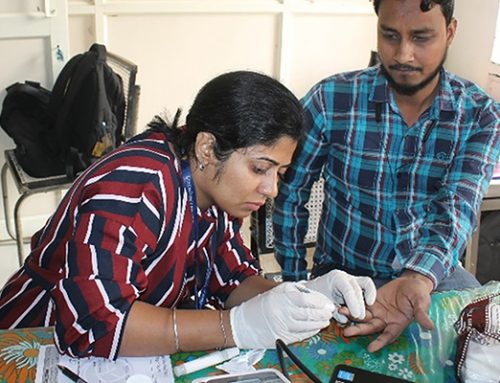

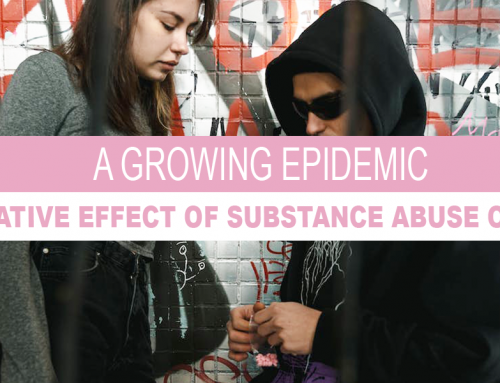

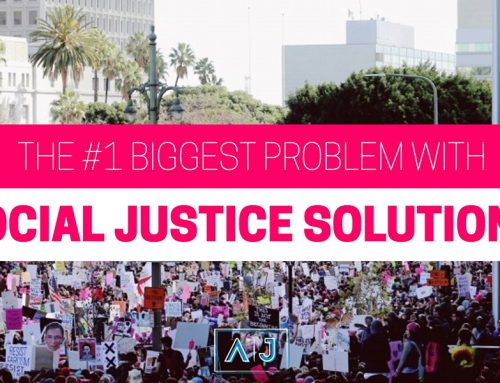
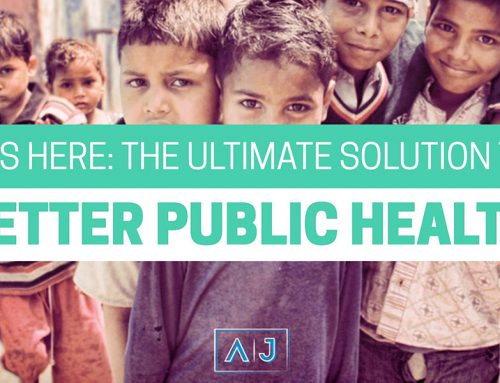
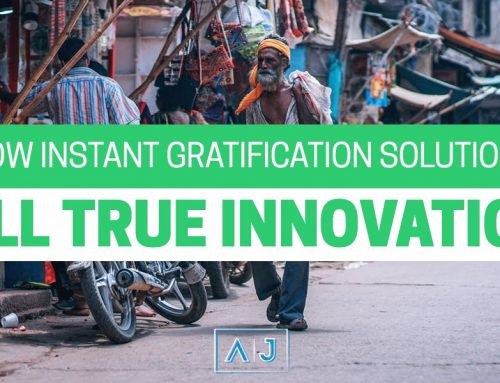

Leave A Comment